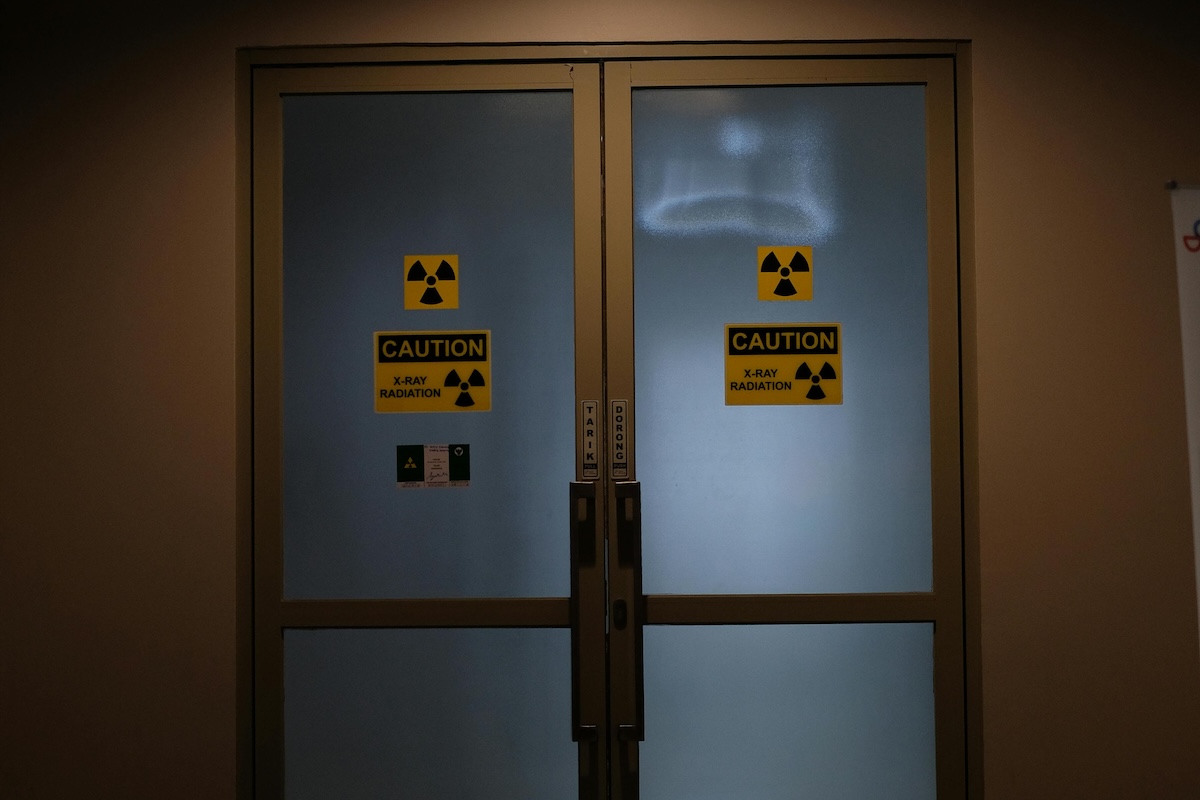Export Control 101: Commodity Jurisdiction

As technical specialists, we often get asked about Commodity Jurisdiction. The questions are simple but important and the answers are invaluable for newcomers to export control.
What is a Commodity Jurisdiction (CJ) determination? The first and most basic step in export control is determining if your item (be it a physical product, software, technology, or service) requires an export license. To ascertain this, you must first verify which set of regulations pertain to that item. It may be the International Traffic in Arms Regulations (ITAR) or it may be the Export Administration Regulations (EAR). Since the ITAR is administered by the State Department and the EAR is overseen by the Department of Commerce, you are trying to determine which jurisdiction your product belongs to, based on its technical characteristics or capabilities.
Why is a CJ important? The two sets of regulations, ITAR and EAR, are dramatically different in several ways: technical focus, control list structure, logic, terminology, licensing methodology and, most importantly, controlling agency. You need to determine jurisdiction to find out which set of regulations applies to you and your product(s). This has taken on new importance in recent years as Export Control Reform (ECR) has resulted in moving many items from ITAR to EAR control.
How do you perform a CJ? To determine your jurisdiction, you must follow the commodity classification process, what is called the Order of Review. First you compare the item’s characteristics to the appropriate sections of the U.S. Munitions List (USML). If it is described there, the item is under the jurisdiction of ITAR. If the item is not described in any of the USML’s 21 categories, you move next to the Commerce Control List (CCL) to see if it meets any of the technical descriptions there. If the item is not called out on the CCL, it falls to a null classification of EAR99, the lowest level of concern. In both the latter instances, the jurisdiction is the EAR.
When does this work typically occur? Determining jurisdiction and classification should be considered “Job #1” on an exporter’s checklist, not just for licensing purposes but also to determine the complexity of the resulting compliance requirements so that appropriate policies and procedures can be created, and various training sessions held.
Who does the work of determining jurisdiction and classification? If the issues are simple and your organization has appropriately trained in-house experts, you can likely self-classify. If the items are complex and/or greater in volume, you can hire 3rd party experts like CTP or law firms to do this specialized work. As a last option, if there are only a small number of items, you can apply to one of the regulatory agencies for an official determination – the Commerce Department, Bureau of Industry and Security (BIS) or the Directorate of Defense Trade Controls (DDTC) in the Department of State. Below we review the issues to consider when making a self-determination or applying to the government for a CJ.
What are the complicating factors in self-classification?
- Export Control Reform (ECR) – The ECR initiative, occurring over the past six years and continuing, has made several important changes. Most evidently, the ECR has mandated the transfer of certain less sensitive military items from the USML to the CCL, that is, from ITAR to EAR jurisdiction. The rationale was to place the mundane military items under EAR rules versus the more stringent and onerous ITAR requirements, but, in the process, ECR has blurred the lines between the two control lists. It may be obvious that an Abrams Tank and an F-15 fighter aircraft are USML items, but, in both cases, certain parts and components for each are on the CCL. As a result, classification tasks that were once strict but simple have become more nuanced.
- OEM Guidance – While it is still prudent to seek jurisdictional and classification information from the manufacturer of any given item (if the exporter is not the manufacturer), it is all too common that the OEM’s export classifications are out of date as a result of ECR. Use OEM guidance with caution. Perform complete or spot-check verifications if possible.
- “Commercial-Off-The-Shelf” (COTS) – Confusion often stems from COTS products. Being a COTS item, in and of itself, does not provide enough information to determine jurisdiction. The classification depends on the potential capabilities. Here are two examples:
- If a COTS item has a significant intelligence gathering capability and provides a potential military advantage, it will likely be controlled as a USML item regardless of origin.
- COTS items that can be modified for military purposes, such as a commercial platform that has been fitted with military sensors or weapons, would likely be considered as a USML item.
- Original Design Intent – Items may have been designed for military use but never used in a military application. These items would be assumed to be ITAR controlled so a CJ request would be needed to potentially obtain a more favorable, that is, EAR, jurisdiction determination.
- Demilitarized Items – Another candidate for a CJ request would be an item that has been demilitarized and is now used commercially. A thorough review of the history of the item is a necessary step in determining whether an item is now properly subject to the EAR instead of the ITAR.
It is evident that the process of determining jurisdiction is not simple or easy, particularly when distinctions are subtle and/or subject to interpretation, or if the items involve fast-moving and emerging technology. It is critical to have experts on your team, either making these determinations directly or writing carefully crafted CJ requests, laying out the facts and arguments persuasively.
Click Here to learn more about CTP’s Export Compliance Services










